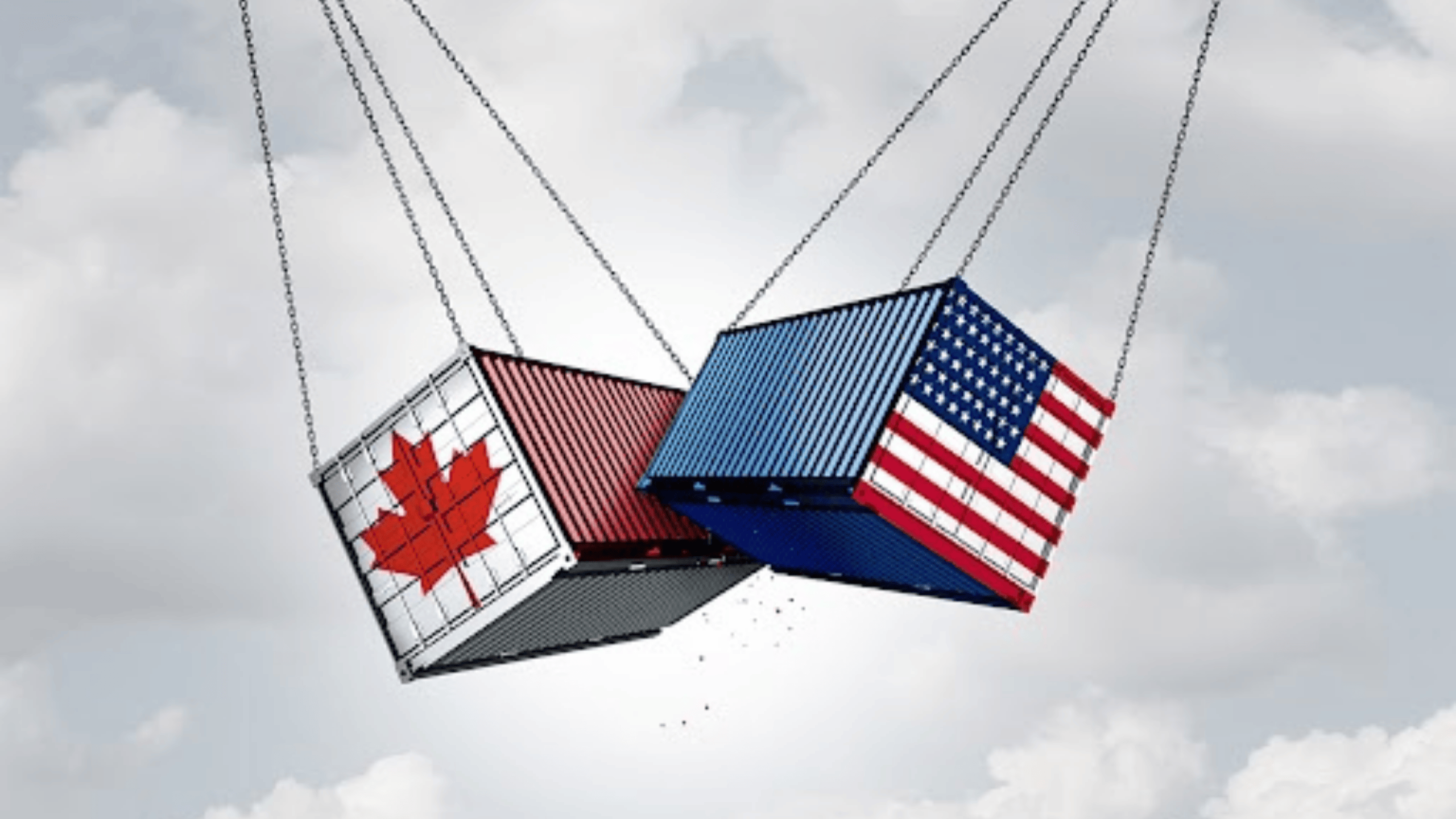The recent announcement of potential U.S. tariffs on Canadian imports has sent shockwaves through industries on both sides of the border. If these tariffs are implemented, they will impact national economies and disrupt the delicate balance in supplier-manufacturer relationships. Companies relying on cross-border trade may face rising costs, supply chain disruptions, and shifting market dynamics.
The Tariff Landscape
In late November 2024, the then incoming and now in place American administration announced a potential 25% tariff on all Canadian imports, citing concerns over illegal immigration and drug trafficking. This move has led to immediate concerns among businesses that depend on a steady flow of goods between the two countries. Canada is the largest trading partner of the U.S., with goods and services valued at over $700 billion exchanged annually. The proposed tariffs could significantly impact the automotive, manufacturing, raw materials, and consumer goods industries.
How Tariffs Can Disrupt Supplier-Manufacturer Relationships
1. Increased Costs and Price Adjustments
Manufacturers sourcing materials and components from Canadian suppliers will likely face increased costs due to tariffs. This could lead to higher production costs, forcing manufacturers to either absorb the expenses or pass them on to customers. Suppliers, on the other hand, may need to renegotiate pricing structures or explore alternative distribution models.
2. Supply Chain Disruptions
Tariffs create uncertainty, leading some manufacturers to rethink their sourcing strategies. Companies that previously relied on just-in-time inventory models may face delays or increased lead times as they look for new suppliers. Canadian suppliers may need to explore partnerships with non-U.S. manufacturers or diversify their supply networks to maintain stability.
3. Strained Supplier-Manufacturer Trust
Long-standing relationships between suppliers and manufacturers could be tested as both sides struggle to adapt to shifting costs and trade policies. Manufacturers might be forced to seek domestic alternatives, weakening long-term supplier relationships. Meanwhile, suppliers must work harder to maintain competitive pricing and service levels despite increased financial pressure.
4. Potential Shifts in Trade Agreements
With Canada exploring retaliatory tariffs on U.S. goods—including products from key manufacturing states—there is potential for trade tensions to escalate. This could lead to renegotiations of key trade agreements and further instability in the supply chain. Businesses that rely on a seamless cross-border trade environment must prepare for potential policy changes and adapt their strategies accordingly.
What Can Suppliers and Manufacturers Do?
Diversify Supply Chains
To mitigate risks, manufacturers should explore diversifying their supply chains, incorporating domestic and alternative international suppliers. This approach can reduce reliance on any single market and ensure continued production stability.
Reassess Pricing Strategies
Suppliers and manufacturers must communicate transparently about pricing structures and cost-sharing measures. Implementing flexible contracts that account for tariff-related price fluctuations can help protect both parties from sudden financial burdens.
Leverage Government Support and Incentives
Both U.S. and Canadian governments may introduce economic support measures to counterbalance the impact of tariffs. Businesses should stay informed about potential subsidies, tax breaks, and trade incentives that could help mitigate rising costs.
Advocate for Policy Changes
Industry associations and business leaders should actively engage policymakers to advocate for fair trade practices supporting economic stability. Collaborative efforts can help influence decisions and push for tariff exemptions or alternative solutions.
Final Thoughts
The potential U.S.-Canada tariff conflict presents significant challenges for supplier-manufacturer relationships. Businesses can navigate these uncertainties and maintain strong partnerships despite the evolving trade landscape by diversifying supply chains, adjusting pricing strategies, and leveraging government resources.
As we continue to monitor developments, one thing is clear: adaptability and resilience will be the key to success in the face of economic shifts. Stay informed, stay agile, and be ready to pivot as needed.

